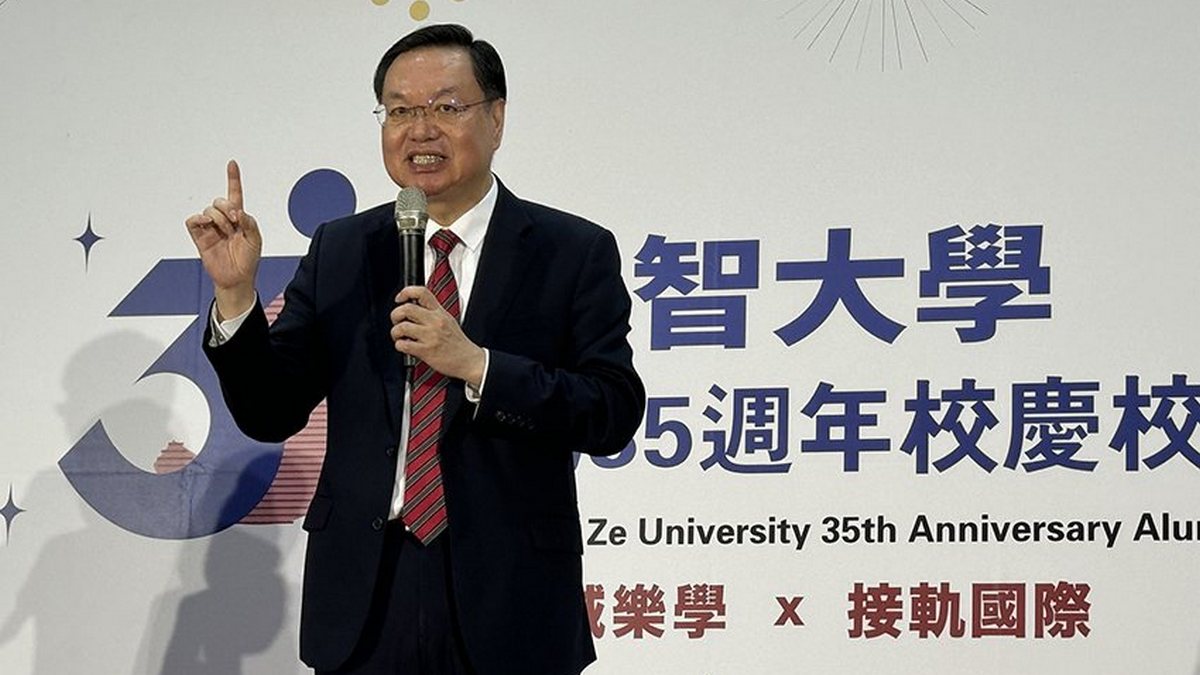AI app accurately detects laryngeal cancer using voice data
An innovative technological application using artificial intelligence (AI) can now detect laryngeal cancer with a remarkable accuracy rate of over 80%, just by having a user say "aah" into their phone. Grounded in Intel technology and making use of complex algorithms, this diagnostic tool processes the sound recorded against a wealth of data and provides the results in a matter of seconds.
The result of a collaborative effort by Taiwan’s leading network provider, Far EasTone Telecom (FET), Taiwan hospitals and Intel, the app represents a significant breakthrough in applying AI technology for life-saving purposes. Voice data analysis from various participating hospitals allows for a continuous improvement and expansion of the AI model for larynx cancer. This includes contributions from the Far Eastern Memorial Hospital and Taichung Veterans General Hospital in Taiwan, and the United States' Vanderbilt University Medical Center in Tennessee.
The collaborative ethos even extends to data handling. According to Grace Wang, Intel VP and the general manager of Intel Taiwan, “Intel’s Open Federated Learning allows all healthcare providers participating in larynx cancer detection modelling to contribute to training the model while helping to protect patients' private data.”
For Dr. Chi-Te Wang, larynx expert and the director of AI at the Far Eastern Memorial Hospital, detecting laryngeal cancer in its early stages has presented an ongoing challenge. He believes that early diagnosis represents a significant boon in treating the disease. Success rates for treatment via surgery or radiation lie around the 90% mark if laryngeal cancer is identified early. Even more importantly, such early intervention can prevent permanent vocal cord damage and the potential loss of a person’s natural speaking ability.
Intel's intervention has been a game-changer, solving the previously daunting problem of processing vast amounts of data. The AI model, which was developed in tandem with Intel ecosystem partner JelloX Biotech, runs on 4th Gen Intel Xeon Scalable processors, FPGA accelerators and two open source software tools: Intel’s OpenVINO and OpenFL.
George Tai, director of healthcare at the Regional Center of Excellence (CoE), Sales, Marketing and Communications Group at Intel said, “Previous efforts to detect abnormal voice samples using machine learning began 20 years ago, but the technology was never good enough for clinical scenarios.” He believes that thanks to 5G’s low latency, the service could be utilized in rural Taiwanese areas as well.
Interested parties in the U.S. and Vietnam are already discussing the technology's broader implementation. Eric Chen, director of Healthcare Products at Far EasTone Telecom, states, “In 2020, as soon as 5G service was launched, Far EasTone introduced 5G telemedicine. Today, we provide services in 12 municipalities and 35 townships across Taiwan, serving over 30,000 people.”
Business and Company
News Type
UN SDG
Share
Download
Source
IT Brief Australia By Tom Raynel








